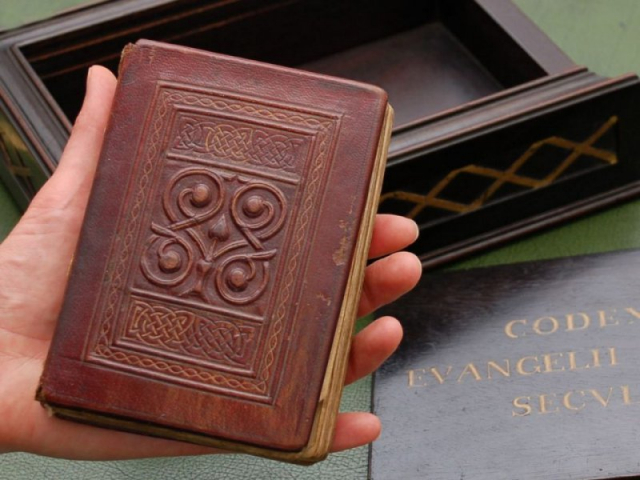
Five most beautiful islands on planet
There are more than 2 million islands in the world. Each of them is beautiful in its own way. Some are impressed with untouched nature, others with unique terrain or turquoise coastal waters. However, there are those whose beauty is especially memorable and leaves an indelible impression. In this article, we will tell you about five islands that are rightfully considered the most picturesque on the planet.







































